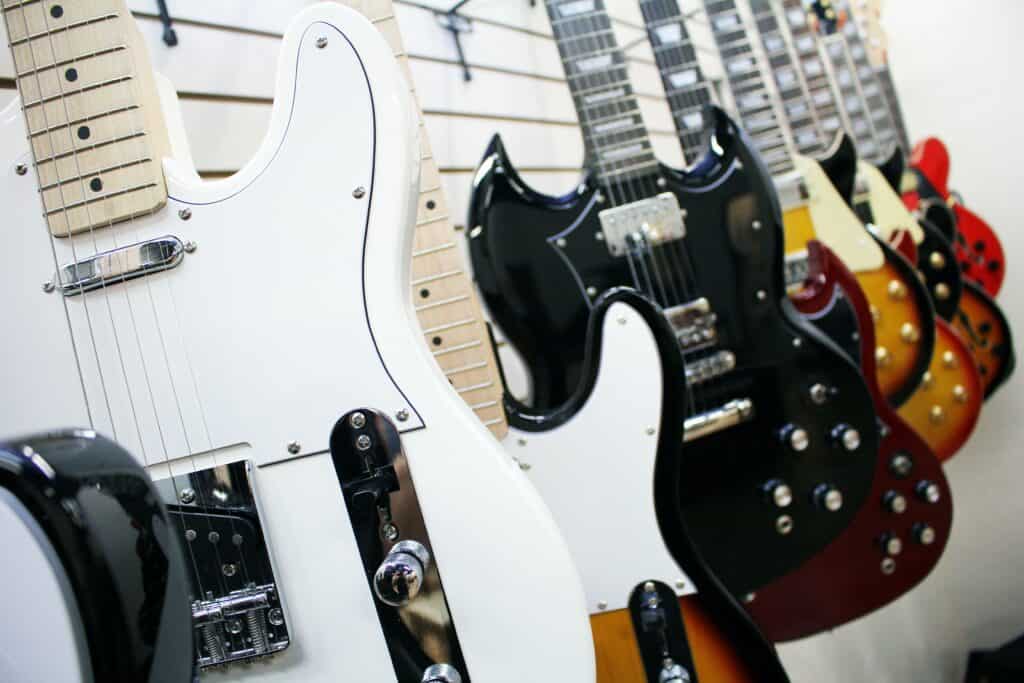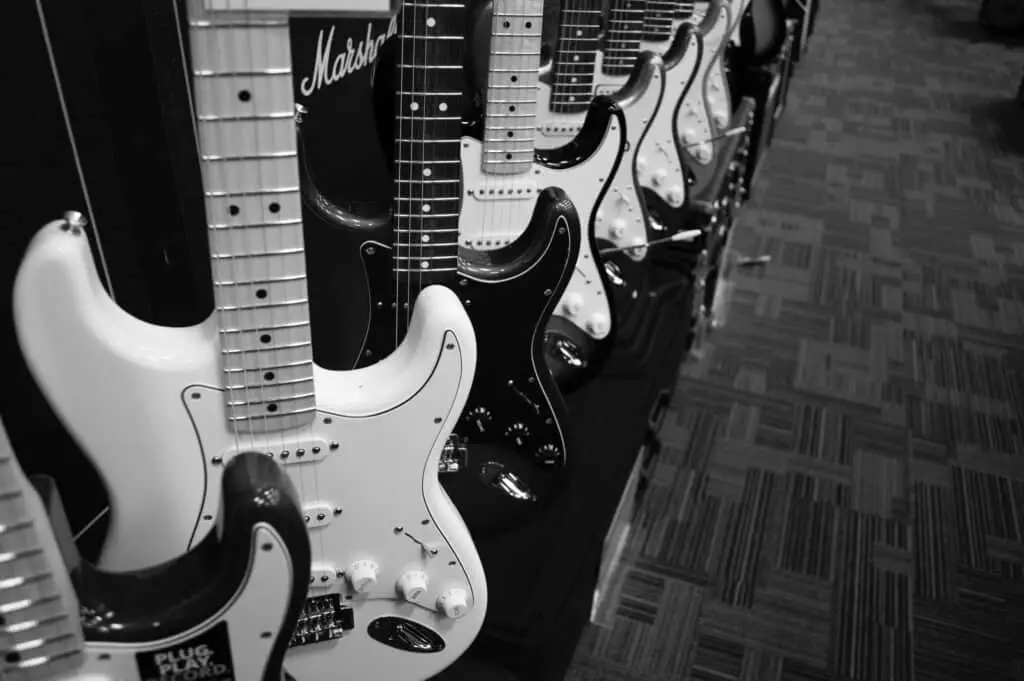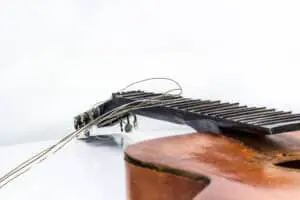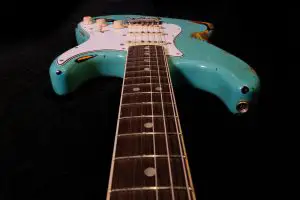
Do you know who made the first electric guitar? It wasn’t Leo Fender or Les Paul.
The very first electric guitar was made in the early 1930s by a man named George Beauchamp. Beauchamp was an electrical engineer who had been working on developing new amplifiers for guitars when he came up with the idea for the electric guitar. He teamed up with Adolph Rickenbacker to create and market the instrument, and the rest is history!
So if you’re a guitarist looking for some inspiration, be sure to check out the origins of your favorite instrument.
Let’s start reading about the history of the electric guitar, how it was invented, and its evolution in the present-day music industry.
Who Created the First Electric Guitar and How?

Many people often wonder who created the first electric guitar, and it turns out there is no single answer to this question.
There were many inventors in the early 20th century who experimented with different parts and techniques to create an electromagnetic device that would amplify the sound of a traditional acoustic guitar.
Some professionals credit Rickenbacker as having created one of the first working electric guitars, while more reliable sources point to George Beauchamp, who is said to have added electrical amplification to a commercial model created by Adolph Rickenbacker in 1931.
These musicians were instrumental in experimenting with different materials and parts that could be used to electrify guitars, such as pickups, strings, amplifiers, and electrical amplification systems.
Ultimately, it was a combination of the ideas and innovations of these musicians that led to the invention of the first working electric guitar. Whether you’re interested in playing rock ‘n’ roll music or acoustic tunes on your guitar today, you have these pioneering musicians to thank!
So the next time your guitar instructor scolds you for having a loud amplifier or tangled cables, inform him about the first invention of the electric guitar. – You’re welcome in advance! ;)
Why Was There a Need for Electric Guitar?
Musical bands were becoming increasingly popular at the turn of the 20th century. These bands needed a way to be heard over the noise of large crowds, and electric guitars were the perfect solution.
They were louder and more versatile than other instruments, and they quickly became a staple of musical bands. Today, electric guitars are still an essential part of many musical genres, from rock to country to metal. They provide a unique sound that can be used to create virtually any type of musical style.
In short, electric guitars have revolutionized the music industry, and there is no doubt that they are here to stay.
The Early Electric Guitar: Frying Pan
George Beauchamp, the electric guitar inventor, called his invention the “frying pan” because of its shape. The circular body and long neck resemble a frying pan, and Beauchamp thought the name would be catchy.
The name stuck, and even though the guitar is now called an electric guitar, it’s still sometimes referred to as a frying pan. So, if you ever hear someone talk about a “frying pan guitar,” they’re probably referring to an early electric guitar. Thanks, George Beauchamp!
Evolution of the Electric Guitar

It’s hard to imagine a world without modern gadgets and musical instruments. We’ve come a long way since the early days of the electric guitar.
The modern electric guitar has its roots in the early 1800s when inventors began experimenting with electrical signals and finding new ways to amplify sound. It wasn’t until the early 1900s that the first truly electric guitars started to appear, and it wasn’t until the 1930s that they became widely available.
Today’s electric guitars are far more sophisticated than their early counterparts. They come equipped with bells and whistles, including multiple pickups, built-in effects, and more.
Thanks to their versatility and portability, they’re also one of the most popular instruments for beginner musicians.
Final Thoughts
Electric guitars have come a long way since their early days, and they continue to be one of the most popular instruments for musicians of all skill levels. If you’re interested in learning to play the electric guitar, there’s no better time than now!
Good luck!
Frequently Asked Questions
The main difference between acoustic and electric guitars is that acoustic guitars rely on the vibration of strings to create sound. In contrast, electric guitars use pickups to convert the vibration of strings into electrical signals.
There is no definitive answer to this question, as it depends on personal preference. Some people prefer acoustic guitars because they have a more natural sound, while others prefer electric guitars because they are easier to play and have more versatile tones.









